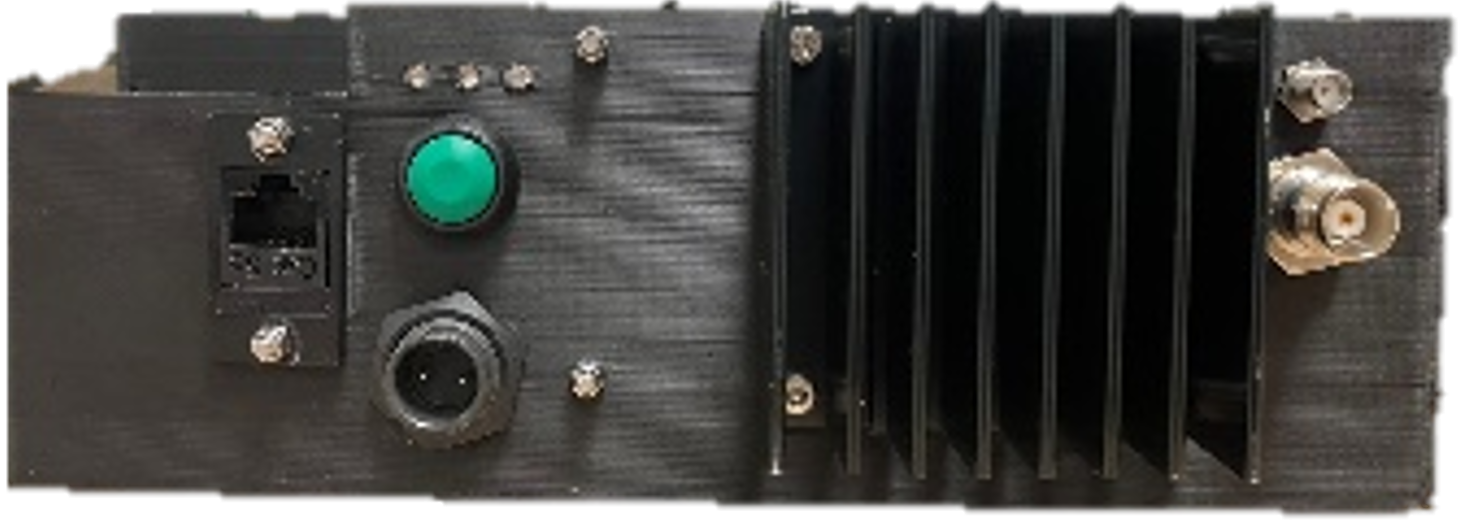


WARSHIP AIS/XTM
Automatic Identification System – eXtended
The transponder AIS/X™ has been developed specifically to meet the needs of administrations involved in state action at sea.
It is compatible with Class A AIS as well as Warship AIS (STANAGS 4668-4669).
The transponder’s different transmission modes (normal/discrete/silent) enable it to adapt to the different transmission policies of the ship fitted with it. The encrypted encryption mode enables information to be exchanged within different communities, for which the corresponding keys (AES algorithm) can be stored in advance.
Identity and position decoy functions, management of points of interest and the creation of false leads make AIS/X a real tool in the fight against illegal trafficking and IUU fishing. The transponder is equipped with a self-monitoring system (Built In Test Equipment concept) and alarms.
What is an AIS ?
A system for exchanging data (static ship identification and type, and dynamic position information) between ships and with land
Operates on VHF (range around 20 nq, up to 60 nq between ships and land).
Mandatory for all passenger ships, commercial vessels over 300 GRT and certain fishing vessels (SOLAS standards).
A cooperative system that requires an AIS to be on board and transmitting in order to be detected.
What are the differences between an AIS/X (WARSHIP) and an AIS (civilian)?
An AIS/X is equipment usable only by administrations, it integrates the basic functionalities of a civil AIS but its design is intended to meet the needs of vessels involved in State Action at Sea missions.
Types of additional functionalities :
– Integration of functions listed in STANAG 4668 and 4669 and defining the basics of an AIS in WARSHIP mode.
– Addition of unique cyber functions:
-
- False track creation / False track detection
- Luring of carrier position and identity
- False trail detection
- Identity theft detection
– Addition of unique tactical data link functions
-
- Community management
- Point-of-interest transmission
- Track relay
EXPORT
The addition of certain functions leads to specific export regulations.
AIS/X is referenced CIEEMG

